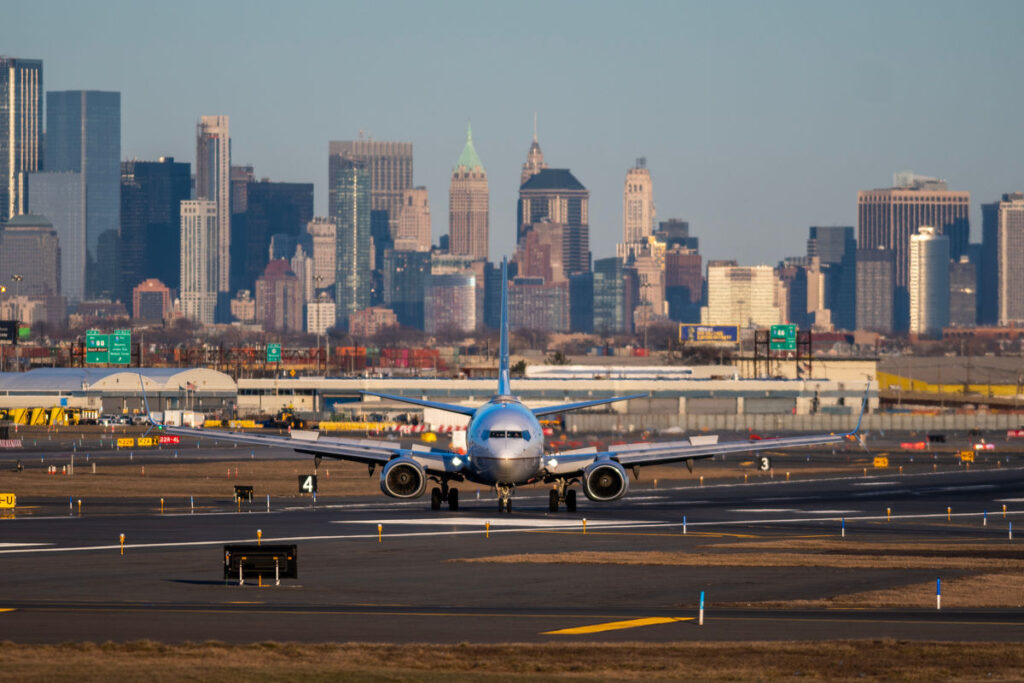
As the government shutdown stretches on, significant flight delays began stacking up at one of the country’s busiest airports on Thursday.
Flights at New Jersey’s Newark International Airport (EWR) were experiencing ground delays of 88 minutes on Thursday afternoon due to low air traffic control staffing numbers, according to the FAA.
Newark’s air space is controlled remotely from a tower in Philadelphia, which reported lower-than-usual staffing numbers on Thursday afternoon. While the government is closed, air traffic controllers are being asked to show up for work without pay because they are considered essential federal workers. This has led to a “slight uptick” in frustrated controllers calling out sick around the country, Secretary of Transportation Sean Duffy said in a press conference at Newark on Monday.
When a tower is short-staffed, the FAA calls the situation a “staffing trigger,” meaning it could trigger takeoff delays and slow down incoming flights in order to keep operations safe.
According to the FAA’s operational plan for the rest of October 9, several other staffing triggers were likely at smaller airports around the country, including Connecticut’s Bradley International Airport (BDL) and Virginia’s Roanoke–Blacksburg Regional Airport (ROA), as well as larger facilities, like two control towers in Boston that are responsible for overseeing Boston Logan International Airport (BOS), as well as the airspace around smaller airports throughout New England.
Planes scheduled to fly into Boston were being held at their airport of origin for an average of 48 minutes on Thursday afternoon, according to FlightAware data. So far, there have been a total of 2,945 flights delayed within, into, or out of the U.S. on October 9, according to FlightAware, but thunderstorms and windy conditions at several airports around the country also contributed to that number.
In the spring, Newark faced weeks of serious delays due to a combination of factors, one of which was low staffing numbers of air traffic controllers. To help alleviate the problem, the FAA limited the number of flights allowed to take off and land at the hub every hour.
Following those operational issues, the Department of Transportation launched a nationwide initiative to “supercharge” hiring of air traffic controllers, and it has since brought 2,000 new ATC professionals on board. Even with those numbers, the national airspace is still thousands of controllers shy of being fully staffed.
For the latest travel news, updates and deals, subscribe to the daily TravelPulse newsletter.

